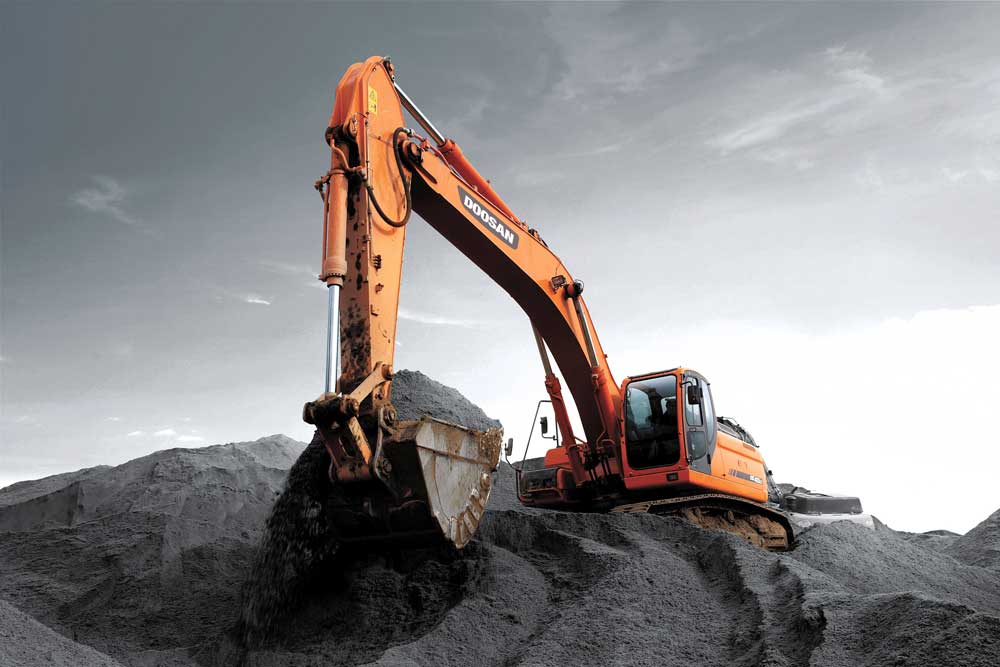Machine owners and operators can make up for lost productivity by getting as much out of their equipment as possible. On top of that, making better decisions about how to apply work tools on different job sites can help increase versatility across the board.
Even simple modifications can improve machine productivity. For example, using heaters and air conditioners in machine cabs allow for operation in extreme temperatures, and adding machine lights makes working at night or in dark buildings possible. Additionally, optimizing machine-to-jobsite strategies, adding work tools for specialized needs and learning more about the equipment can make a big difference in jobsite efficiency.
Choose the Best Machine for the Job
Spending more time on jobsite strategies can reveal better ways to use equipment. While several machines can get the same job done, each jobsite and project is different. Some machines may be better than others for a project depending on several factors including location, job type, work space and application. We’ve identified a few machine options that could be used in two common jobsite scenarios listed below.
Scenario: Moving and Loading Material
- Wheel loaders are best for moving bank or stockpiled material into hoppers and trucks.
- Backhoe loaders are also used for loading operations. However, they have smaller loader buckets and a backhoe on the rear, which can reduce productivity.
- Skid steer loaders can load material, but they don’t reach as high as other machines. They also have a lower ground speed.
Scenario: Trenching and Excavation
- Backhoe loaders are unique in that they’re capable of trenching and excavating in addition to loading. A single backhoe loader can perform a number of tasks eliminating the need for other machines.
- If a 360o swing is important, excavators are great for trenching, excavating, and lifting and placing. However, excavators cannot truckload large amounts of material because the buckets are small. Also, low ground speed restricts the amount of travel distance on or between job sites.
- Mini excavators are best for excavation and trenching in tight job conditions. Additionally, the light-weight machine simplifies hauling and transportation, and blades allow for stabilization, material leveling and backfilling.
Use Work Tools for Specialization
Identifying the best work tool for each job is another way to improve machine productivity. Depending on jobsite requirements and machine types, some work tools may be better than others for specific projects. Also, some work tools can be used on several machines eliminating the need for additional machines. We’ve listed a few considerations to improve work tool efficiency below.
- Keep a variety of bucket widths on hand to move material efficiently. The price of a bucket can easily offset the additional cost of correcting project work.
- A front-mounted broom attachment can be used on skid steer loaders, backhoe loaders and wheel loaders eliminating the need for a specialty sweeper.
- Consider using a wheel loader with a bucket for loads that must be moved over greater distances to increase efficiency.
Get to Know Your Equipment
Machines and work tools are always changing. The machine designs become more dynamic to improve productivity, industry regulations require innovative technologies to reduce environmental impact, and attachment options are more sophisticated to improve jobsite efficiency. Taking the time to get acquainted with the equipment can help machine owners and operators make more informed decisions about equipment use. For example, some machines, such as skid steer loaders, are better with attachments. Operators can enhance skid steer loader performance with a wide variety of work tools attachments to add loading, pushing, trenching, lifting, sweeping and demolishing capabilities.
Each jobsite has different requirements, and each piece of equipment has different strengths and weaknesses. Choosing the best machines and work tools for the job can help improve productivity for any application. Spending some time to get more familiar with the equipment can help machine owners and operators build efficient jobsite strategies.
- Which jobsite scenarios should we add to our list?
- What other work tool specialization tips would you like to learn about?
- How can Caterpillar help you get more out of your equipment?

